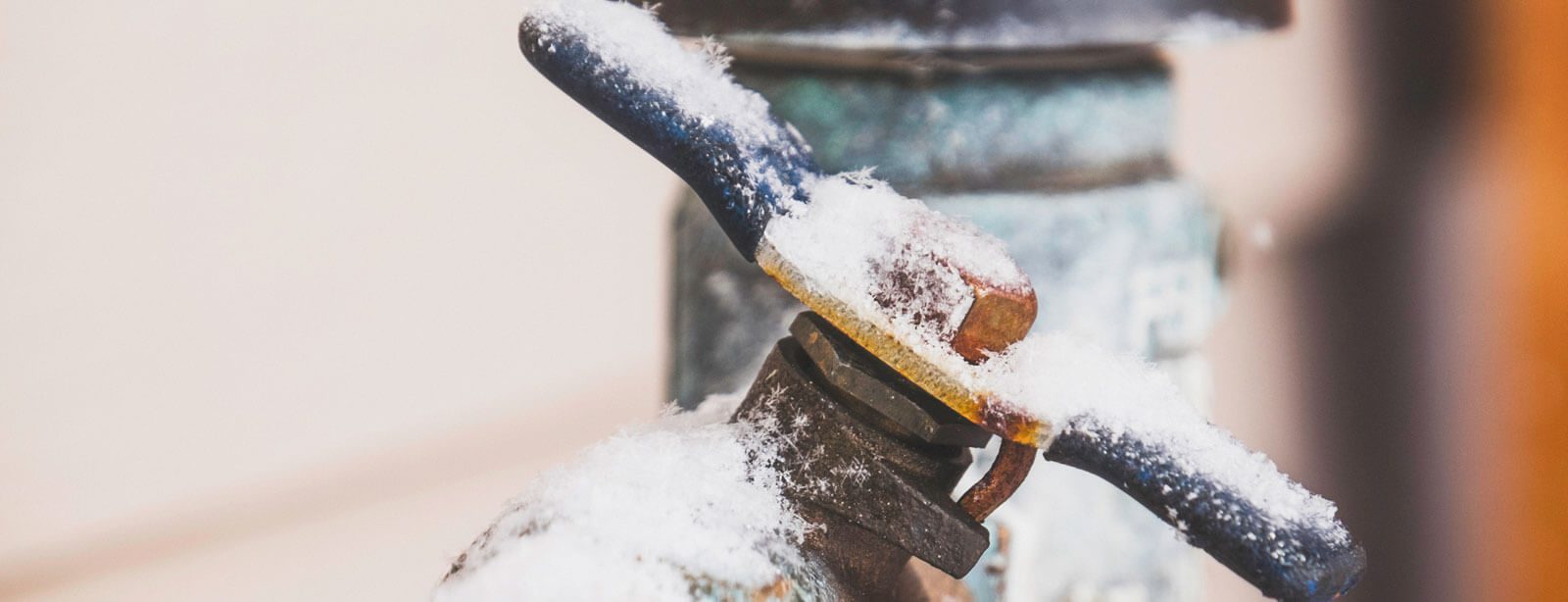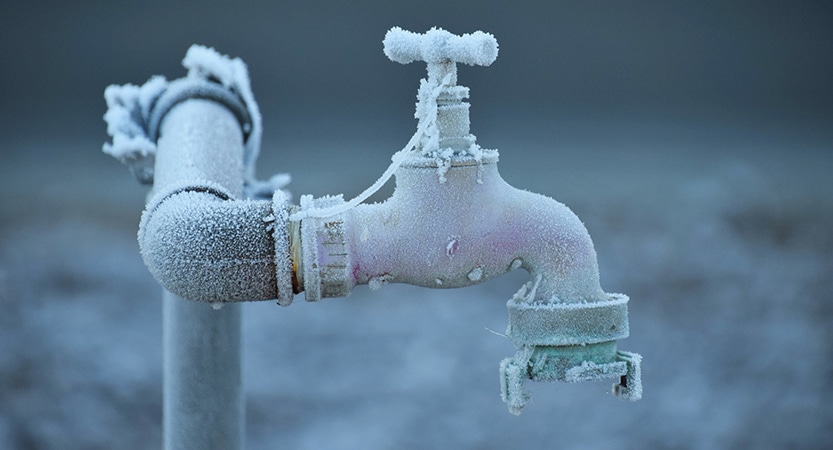Essential Tips to Avoid Frozen Pipes in Cold Weather: Specialist Guidance
Essential Tips to Avoid Frozen Pipes in Cold Weather: Specialist Guidance
Blog Article
Just about everyone may have their personal idea about How to Prevent Your Pipes From Freezing.

Winter can ruin your pipes, specifically by freezing pipelines. Right here's exactly how to avoid it from occurring and what to do if it does.
Introduction
As temperatures decline, the risk of frozen pipelines rises, potentially bring about expensive repair work and water damage. Comprehending just how to stop icy pipes is vital for house owners in cold environments.
Prevention Tips
Protecting at risk pipelines
Cover pipes in insulation sleeves or use heat tape to safeguard them from freezing temperature levels. Concentrate on pipes in unheated or outside locations of the home.
Heating methods
Maintain indoor areas properly warmed, specifically areas with plumbing. Open cabinet doors to allow cozy air to circulate around pipelines under sinks.
How to determine frozen pipes
Look for lowered water circulation from faucets, unusual smells or sounds from pipes, and visible frost on subjected pipes.
Long-Term Solutions
Architectural changes
Think about rerouting pipelines away from outside wall surfaces or unheated areas. Add additional insulation to attics, cellars, and crawl spaces.
Updating insulation
Buy top quality insulation for pipes, attic rooms, and wall surfaces. Appropriate insulation aids keep constant temperature levels and minimizes the risk of icy pipes.
Shielding Outside Plumbing
Yard hoses and exterior faucets
Detach and drain pipes garden pipes prior to winter season. Install frost-proof spigots or cover outdoor taps with insulated caps.
Recognizing Frozen Pipelines
What causes pipelines to ice up?
Pipes freeze when exposed to temperatures listed below 32 ° F (0 ° C) for expanded durations. As water inside the pipes freezes, it broadens, putting pressure on the pipeline wall surfaces and possibly triggering them to rupture.
Dangers and problems
Frozen pipelines can result in water supply disruptions, residential or commercial property damage, and expensive fixings. Burst pipes can flooding homes and cause considerable architectural damages.
Signs of Frozen Piping
Determining icy pipes early can avoid them from breaking.
What to Do If Your Pipelines Freeze
Immediate actions to take
If you presume icy pipes, maintain taps open up to relieve stress as the ice thaws. Make use of a hairdryer or towels taken in warm water to thaw pipes gradually.
Final thought
Preventing icy pipelines needs proactive steps and fast responses. By recognizing the causes, indicators, and safety nets, property owners can shield their plumbing during winter.
5 Ways to Prevent Frozen Pipes
Drain Outdoor Faucets and Disconnect Hoses
First, close the shut-off valve that controls the flow of water in the pipe to your outdoor faucet. Then, head outside to disconnect and drain your hose and open the outdoor faucet to allow the water to completely drain out of the line. Turn off the faucet when done. Finally, head back to the shut-off valve and drain the remaining water inside the pipe into a bucket or container. Additionally, if you have a home irrigation system, you should consider hiring an expert to clear the system of water each year.
Insulate Pipes
One of the best and most cost-effective methods for preventing frozen water pipes is to wrap your pipes with insulation. This is especially important for areas in your home that aren’t exposed to heat, such as an attic. We suggest using foam sleeves, which can typically be found at your local hardware store.
Keep Heat Running at 65
Your pipes are located inside your walls, and the temperature there is much colder than the rest of the house. To prevent your pipes from freezing, The Insurance Information Institute suggests that you keep your home heated to at least 65 degrees, even when traveling. You may want to invest in smart devices that can keep an eye on the temperature in your home while you’re away.
Leave Water Dripping
Moving water — even a small trickle — can prevent ice from forming inside your pipes. When freezing temps are imminent, start a drip of water from all faucets that serve exposed pipes. Leaving a few faucets running will also help relieve pressure inside the pipes and help prevent a rupture if the water inside freezes.
Open Cupboard Doors
Warm your kitchen and bathroom pipes by opening cupboards and vanities. You should also leave your interior doors ajar to help warm air circulate evenly throughout your home.

I discovered that write up about 6 Ways to Prevent Frozen Pipes when browsing on the internet. In case you enjoyed reading our blog posting if you please make sure you remember to pass it around. Thanks for going through it.
Visit The Following Page Report this page